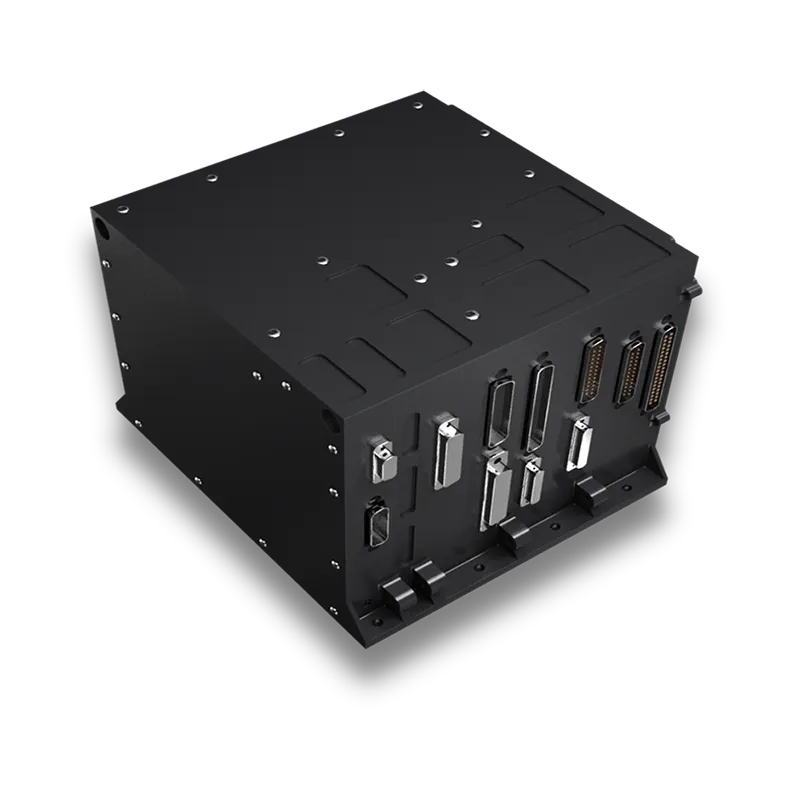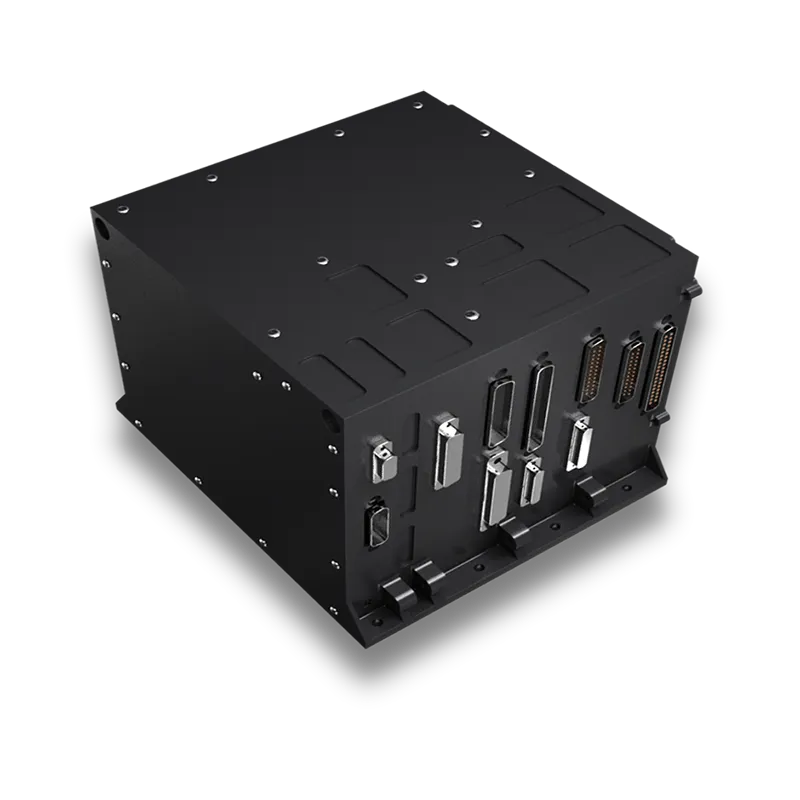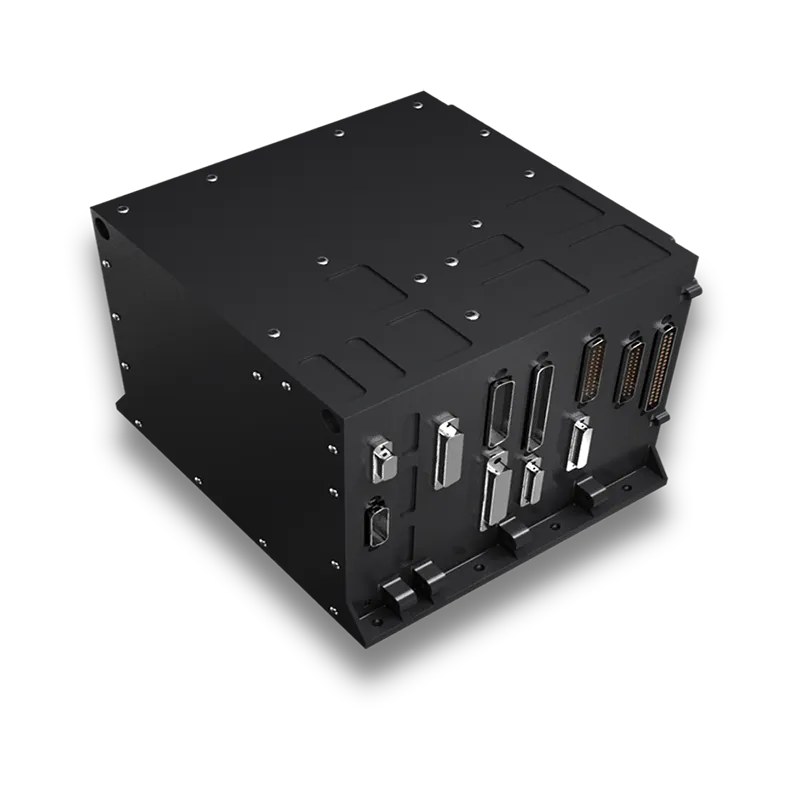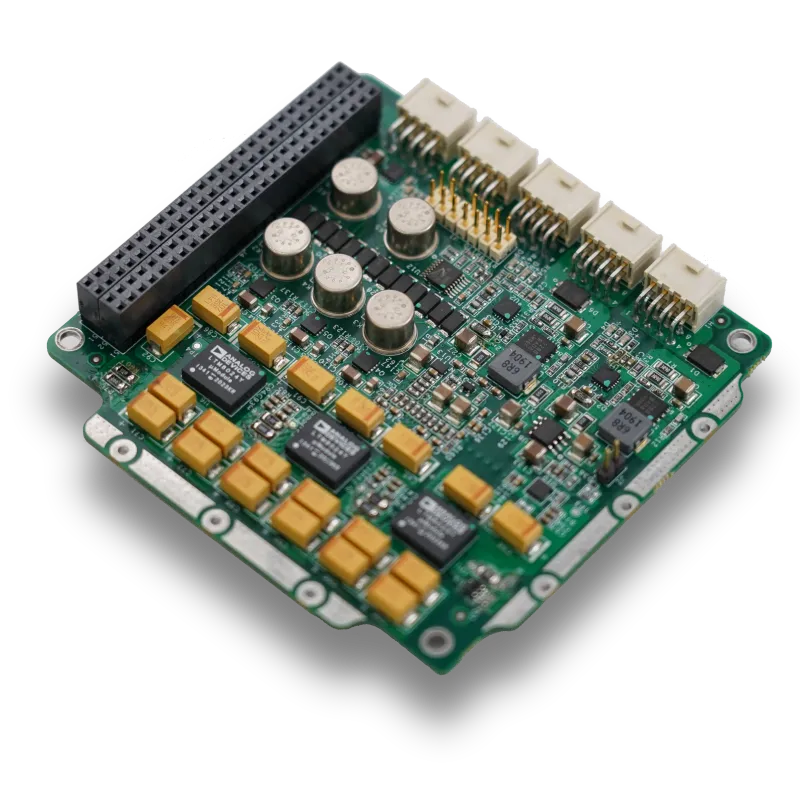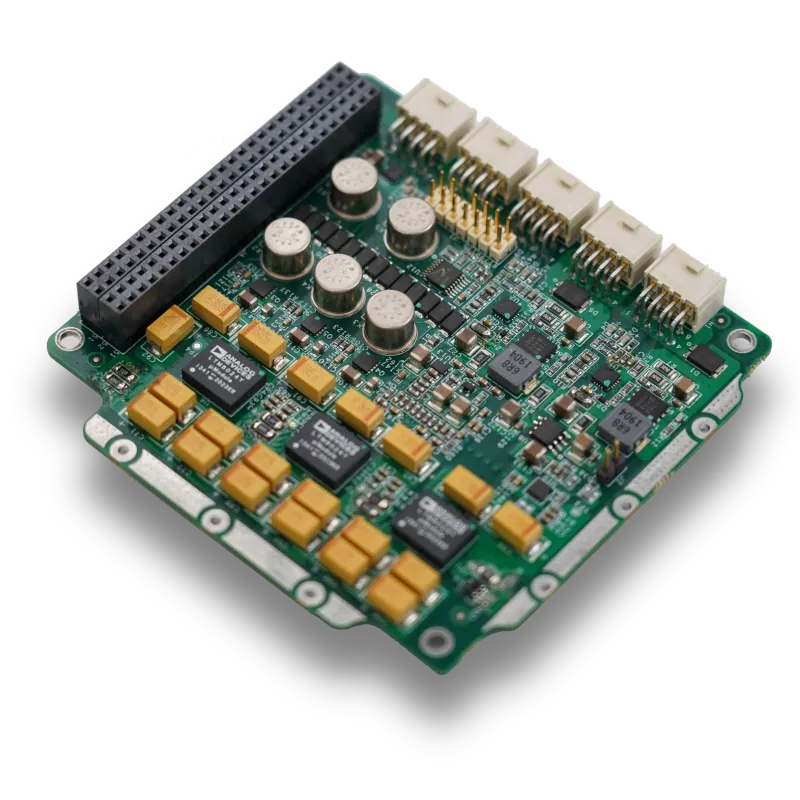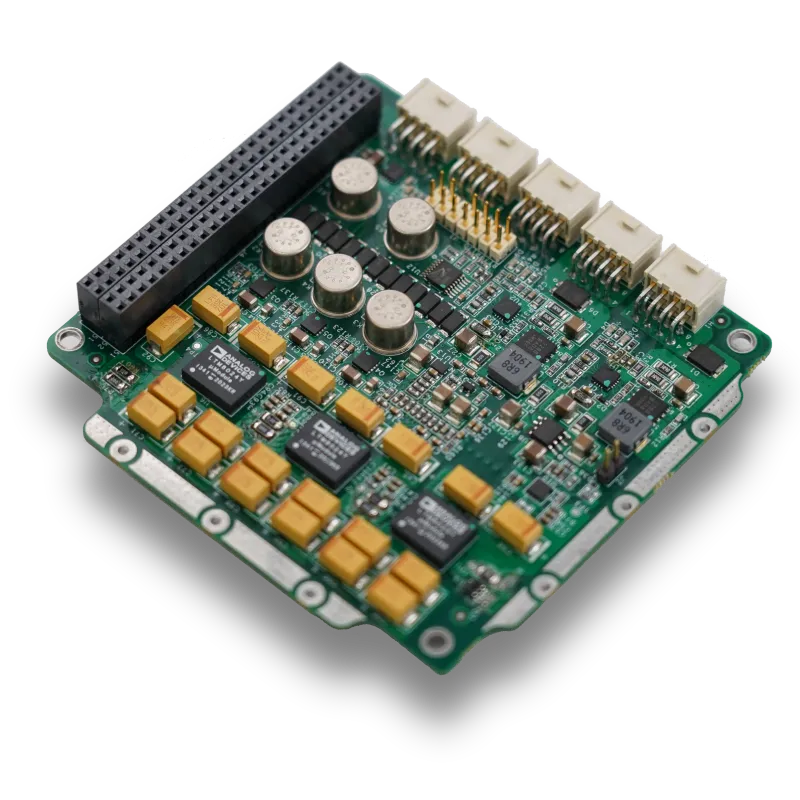
- umAfrika
- Isi-Albania
- Isi-Amharic
- Isi-Arabhu
- Isi-Armenian
- Isi-Azerbaijani
- Isi-Basque
- IsiBelarusian
- Isi-Bengali
- Isi-Bosnia
- IsiBulgaria
- IsiCatalan
- Cebuano
- China
- IsiCorsican
- IsiCroatia
- IsiCzech
- IsiDanish
- IsiDashi
- IsiNgisi
- Isi-Esperanto
- Isi-Estonian
- IsiFinnish
- IsiFulentshi
- IsiFrisian
- IsiGalicia
- IsiGeorgia
- IsiJalimane
- isiGreki
- IsiGujarati
- IsiCreole saseHaiti
- IsiHausa
- isi-hawaiian
- IsiHebheru
- Cha
- Miao
- IsiHungary
- Isi-Icelandic
- igbo
- Isi-Indonesian
- i-irish
- IsiNtaliyane
- IsiJapane
- Isi-Javanese
- Isi-Kannada
- kazakh
- I-Khmer
- OwaseRwanda
- IsiKorea
- IsiKurdish
- IsiKyrgyz
- Umsebenzi
- IsiLatini
- Isi-Latvian
- IsiLithuanian
- Isi-Luxembourgish
- IsiMacedonian
- Isi-Malagasy
- Isi-Malay
- Isi-Malayalam
- IsiMaltese
- IsiMaori
- IsiMarathi
- IsiMongolia
- eMyanmar
- IsiNepali
- IsiNorwegian
- IsiNorwegian
- Isi-Occitan
- Isi-Pashto
- isiPheresiya
- IsiPolish
- IsiPutukezi
- IsiPunjabi
- IsiRomania
- IsiRashiya
- IsiSamoa
- IsiScottish Gaelic
- IsiSerbia
- IsiNgisi
- IsiShona
- Sindhi
- IsiSinhala
- IsiSlovak
- IsiSlovenian
- eSomalia
- ISpanishi
- IsiSundanese
- IsiSwahili
- IsiSwidi
- IsiTagalog
- Isi-Tajik
- IsiTamil
- IsiTatar
- Isi-Telugu
- IsiThai
- IsiTurkey
- IsiTurkmen
- Isi-Ukraine
- Isi-Urdu
- Isi-Uighur
- Isi-Uzbek
- IsiVietnamese
- Isi-Welsh
- Usizo
- Isi-Yiddish
- IsiYoruba
- Zulu
Key Components Of Satellite Communication Systems
Satellite communication has revolutionized the way information is transmitted globally, enabling long-distance communication with unparalleled reliability. At the heart of this system are various components of satellite communication that ensure the effective transmission and reception of signals between Earth and space. Understanding these components of satellite system provides valuable insight into the complex processes that underpin modern telecommunications.
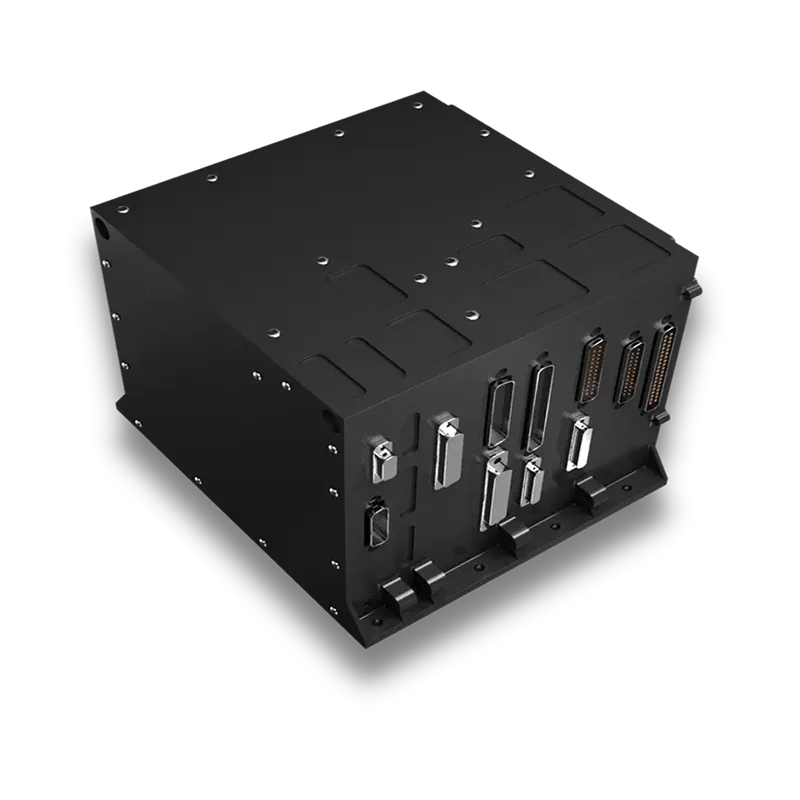
This article delves into the crucial satellite communication components that make satellite networks function smoothly, explores the detailed parts of satellite communication, and highlights the role of specialized satcom components that keep the system operating optimally.
Exploring The Parts Of Satellite Communication And Their Functions
The parts of satellite communication encompass a broad array of hardware, both onboard the satellite and on the ground, that work together to facilitate data transmission. Central to this system are the satellite’s transponders which receive uplinked signals from Earth, amplify them, and downlink the signals to receiving stations. These transponders are key components of satellite communication system that ensure signal integrity and strength over vast distances.
The satellite also incorporates antennas that transmit and receive signals across various frequency bands. These antennas must be carefully designed and aligned as they handle electromagnetic waves crucial for communication. Other parts such as power systems, thermal controls, and attitude control mechanisms maintain the satellite’s health and orientation, vital for consistent communication.
On the ground side, satellite ground station components include large antennas, modulators, demodulators, and signal processing units that decode satellite transmissions and prepare uplink signals. Together, these ground and spaceborne components of satellite communication form a sophisticated network that enables real-time, global connectivity.
The Role Of Satcom Components In Reliable Communication
Satcom components refer to the specific hardware and subsystems involved in satellite communication. These include modulators that convert digital data into signals suitable for transmission, demodulators that convert received signals back into data, and amplifiers that boost signal strength.
Satcom also involves frequency converters that adjust signal frequencies to avoid interference and optimize transmission. These components are designed to work seamlessly with satellite transponders and ground station hardware to maintain high-quality, uninterrupted communication links.
Additionally, error correction modules and encryption devices are part of satellite communication components that ensure data integrity and security. These systems detect and correct transmission errors, providing robustness against signal degradation during space transmission.
The Importance Of Components Of Satellite System For Future Innovations
As satellite technology continues to evolve, the sophistication and capabilities of the components of satellite system are improving dramatically. Miniaturized and efficient components enable the creation of small satellites like cubesats, which perform specialized missions with lower cost and faster development cycles.
Moreover, advances in antenna design and power management improve the lifespan and efficiency of satellites. The development of intelligent onboard processors enhances autonomy, allowing satellites to manage communication traffic and system health without constant ground intervention.
Understanding these innovations in components of satellite communication paves the way for enhanced satellite networks that can support growing demands for broadband internet, global positioning, and remote sensing.
Basic Components of Satellite Communication and Their Functions
The basic components of satellite communication include the transponder, antenna, power systems, and control systems. The transponder acts as a relay station, receiving signals from Earth and retransmitting them back to a ground station. Antennas facilitate communication by sending and receiving electromagnetic waves. Power systems, often solar panels and batteries, provide the necessary energy to keep the satellite operational. Additionally, control systems manage the satellite's position and orientation, which is critical for maintaining signal accuracy and communication integrity. These components of satellite system work in unison to achieve uninterrupted communication.
Exploring Parts of a Cubesat and Their Specialized Roles
A cubesat is a miniaturized satellite typically used for research and technology demonstration. Despite its small size, it contains essential cubesat components such as the payload, onboard computer, communication module, and power supply. The payload performs the main mission tasks, which could be imaging, scientific measurements, or data collection. The onboard computer controls all operations and processes data. The communication module, a vital satellite communication component, ensures data transmission to and from Earth. Even within these small satellites, each part of a cubesat is meticulously designed to maximize efficiency.
Importance of Satellite Ground Station Components in Communication
The interaction between spaceborne satellites and Earth depends heavily on satellite ground station components. These ground stations include antennas, transmitters, receivers, and processing units that facilitate signal reception and transmission. They play a critical role in managing satellite operations, data reception, and command transmission. Without these terrestrial satellite communication components, satellites would not be able to relay information effectively to users. Ground stations act as the vital link connecting the orbiting satellites with human users on Earth.
Lesi isihloko sokuqala






